
Metrology or the science of measurement existed eons ago. The system of measures dates back to 6000 BC when it became necessary to calculate distribution of crops and know the volume of food consumed by families as humankind transitioned from nomadic groupings to agricultural settlements. But it wasn’t until 1875 at the Metre Convention in Paris that scientists recognized the need to establish a system of internationally agreed measurement standards. A transparent and efficient system of metrology promotes trade & business, protects consumers from unscrupulous traders, checkmates unethical trade practices, buoys revenue for governments, cuts revenue losses and prevents wastage in infrastructure sector. Be it scientific comparison, innovation and emerging technologies or a simple exchange of information, the role of metrology is crucial. Even high performance products and manufacturing systems need accurate measurements. As they say, “If you can’t measure it, you can’t make it”.
How Legal Metrology is linked to Sustainable Development
The United Nations Industrial Development Organization (UNIDO) recognizes the importance of metrology in its 2030 Agenda for ‘Inclusive & Sustainable Industrial Development’. The relationship between UNIDO, the International Bureau of Weights and Measures and the International Organization of Legal Metrology is a strategic partnership that aims to enhance the impact of industrial development on economic growth and minimize technical barriers. Such barriers impede exports from developing countries and countries with economies in transition. India, too, has created the legislative ecosystem with the Legal Metrology Act 2009 to establish and enforce standards of weights & measures and regulate trade and commerce in weights. To be useful, measurements need to be stable, comparable and coherent to increase knowledge, protect people and enable industries to be innovative and competitive.
Automated Solutions for ‘Gold Standard’ in Measurements
Traditional systems of measurements have their shortcomings. For instance, much time is consumed in the process of licensing, verification, inspection and certification as it involves reams of paper work and in-person office visits. Moreover, the lack of a real time monitoring mechanism makes it challenging for users and officials to track status of applications. Also, there is difficulty to validate key documents like license, verification certificate and money receipts.
Realizing the woes, industries and government agencies are switching to automated, paperless systems. For instance, Germany has more than 100 million legally relevant meters in use. Majority of them are commodity meters used for the supply of electricity, gas, water or heat. Besides, there are other measuring instruments with which the user comes into contact like counters in petrol pumps or scales in the food sector. And, because of the automation in these measurement systems, the person operating the device or the one availing service from it need not check the accuracy. In industrial manufacturing, an emerging trend is adoption of metrology solutions for absolute measurement and inspection on the factory floor. By automating the inspection task and placing it on the shop floor near the point of inspection, companies can benefit from higher repeatability in their inspection process, increased inspection frequencies and faster response pooled back into the process through a variety of techniques.
Equally important is for governments to opt for automated legal metrology solutions. Reliable and accurate weighing systems ensure that the consumer gets the contracted quantity of the commodity on time. Also, the consumer’s interest is safeguarded through mandatory declarations on packaged commodities. That apart, government regulation of medical devices and automotive industries through automated metrology solutions makes consumer safety the top priority in inspection.
Automated legal metrology solutions not just protect customers' interest but enhance revenue for governments & facilitate trade. In future, such services would need #BigData solutions.@UNIDO @wmhtx #LegalMetrology #BigData #BigDataAnalytics #Techhttps://t.co/N1JLtqs3fL
— Priyadarshi Nanu Pany (@NanuPany) December 29, 2020
Automated legal metrology solutions not just protect customers' interest but enhance revenue for governments & facilitate trade. In future, such services would need #BigData solutions.@UNIDO @wmhtx #LegalMetrology #BigData #BigDataAnalytics #Techhttps://t.co/N1JLtqs3fL
— Priyadarshi Nanu Pany (@NanuPany) December 29, 2020
Making Metrology solutions ‘future-ready’
As government and industrial functions pace up the tempo of ‘digital transformation’, legal metrology solutions would need a sprinkling of emerging technologies. Today, countless measuring instruments are used that generate enormous data in various stages- grant of approval, market surveillance and service provided by manufacturers. ‘Big Data’ solutions are needed to manage this immense data volume. Besides this, Artificial Intelligence (AI) can be leveraged to upgrade the quality of inspections as the technology not only identifies an issue but also gives an insight into what is causing it. Another emerging area is 3D metrology. It utilizes 3D optical scanners and offers superior benefits when compared to conventional metrology solutions. For instance, 3D metrology is capable of providing rich data on malfunctioning products without the need to manually disassemble the product. Global market for 3D metrology is projected to reach $15 billion by 2025 as metrology impacts the growth of economy. Measurement solutions in the future would be more data and outcome driven where niche technologies will play a pivotal role.
The author is Priyadarshi Nanu Pany, founder & CEO of CSM Technologies. This article was originally published on his LinkedIn profile: https://nanupany.medium.com/digitally-smart-metrology-solutions-for-consumer-delight-e2ab59e1d6eb










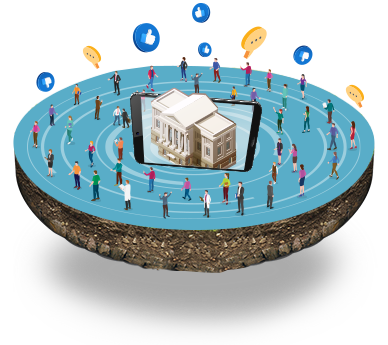
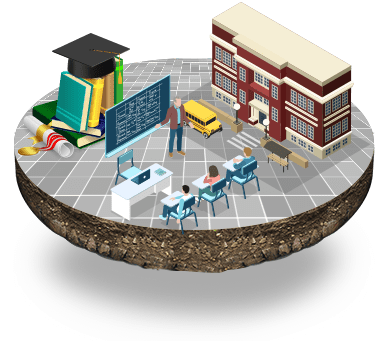
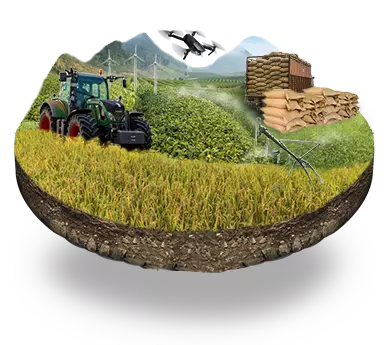
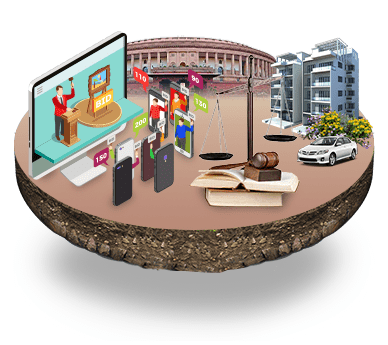








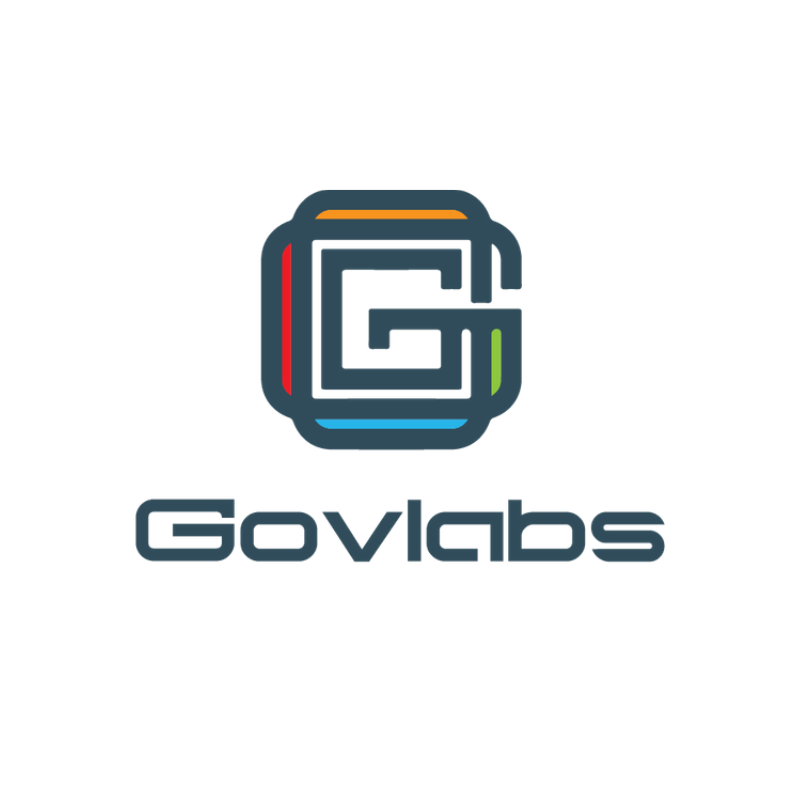


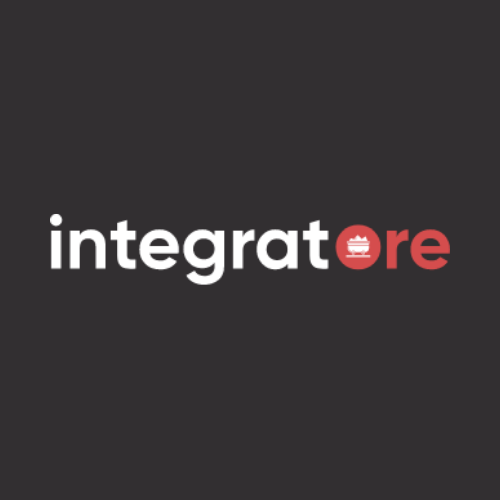
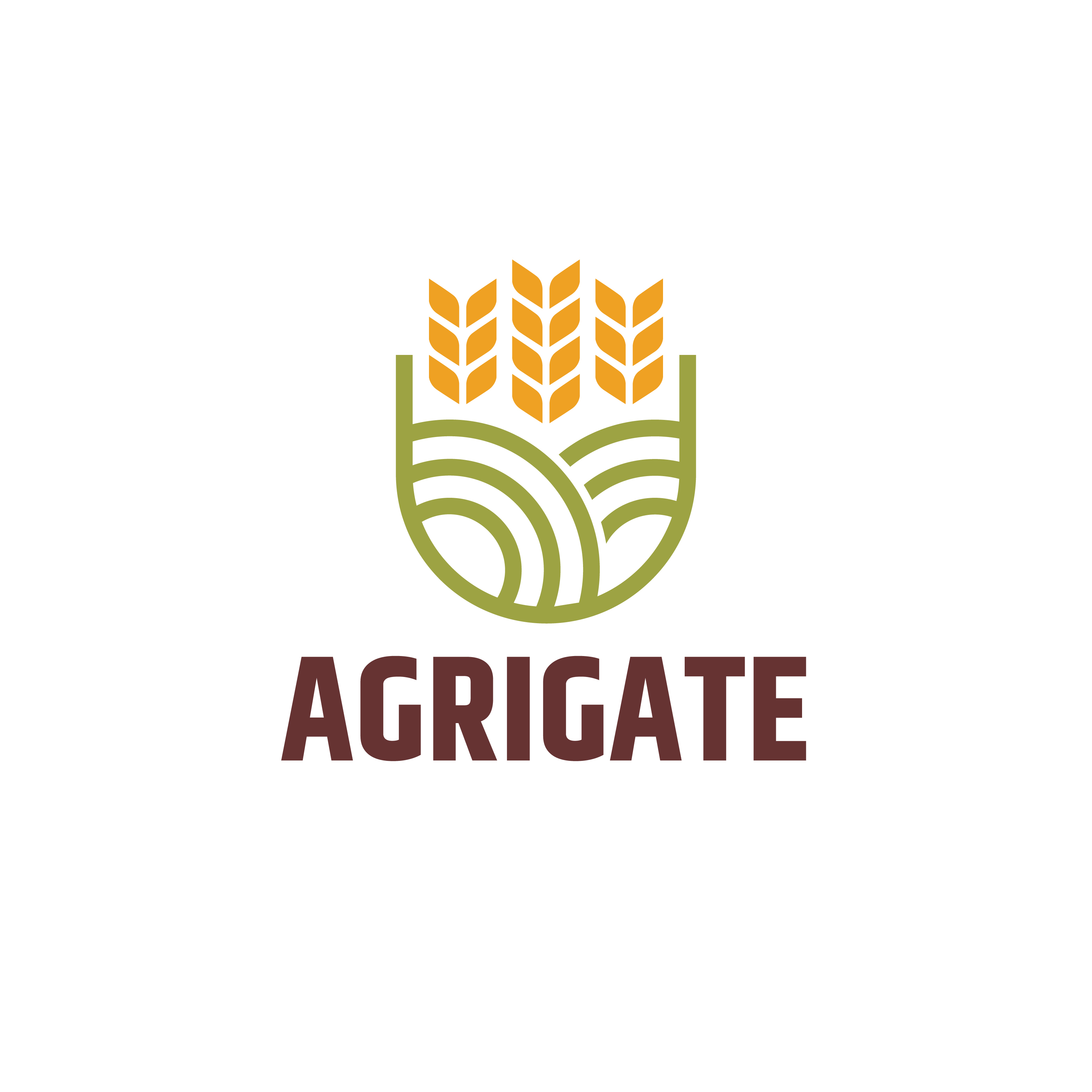
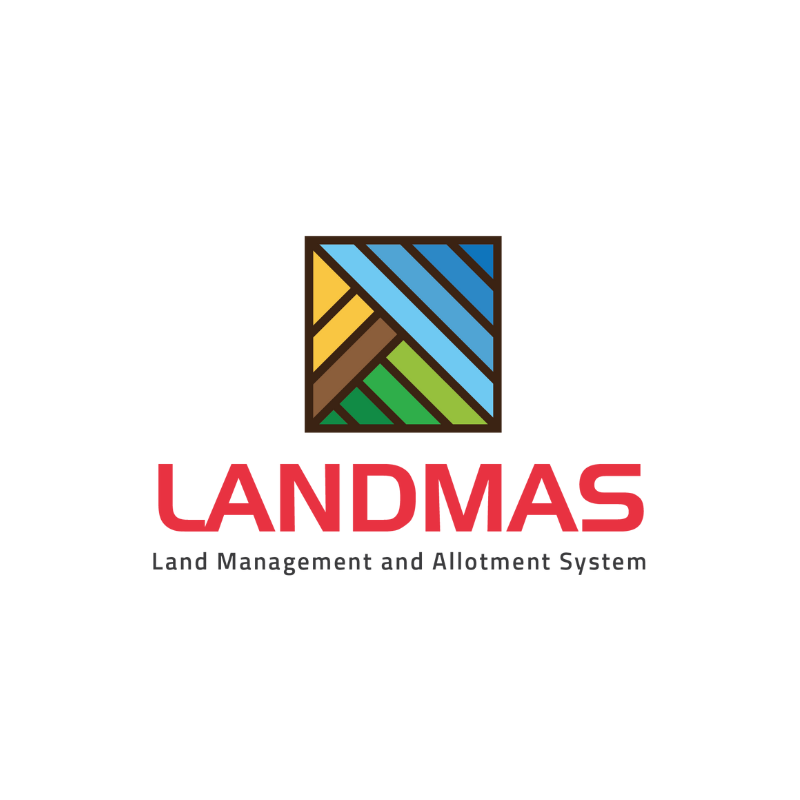


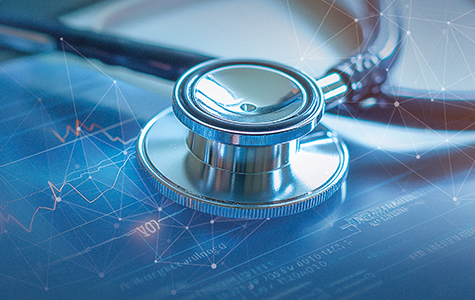



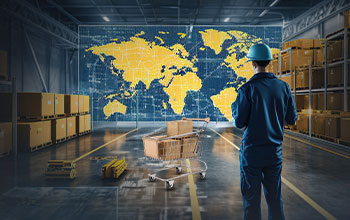
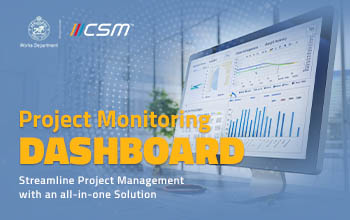
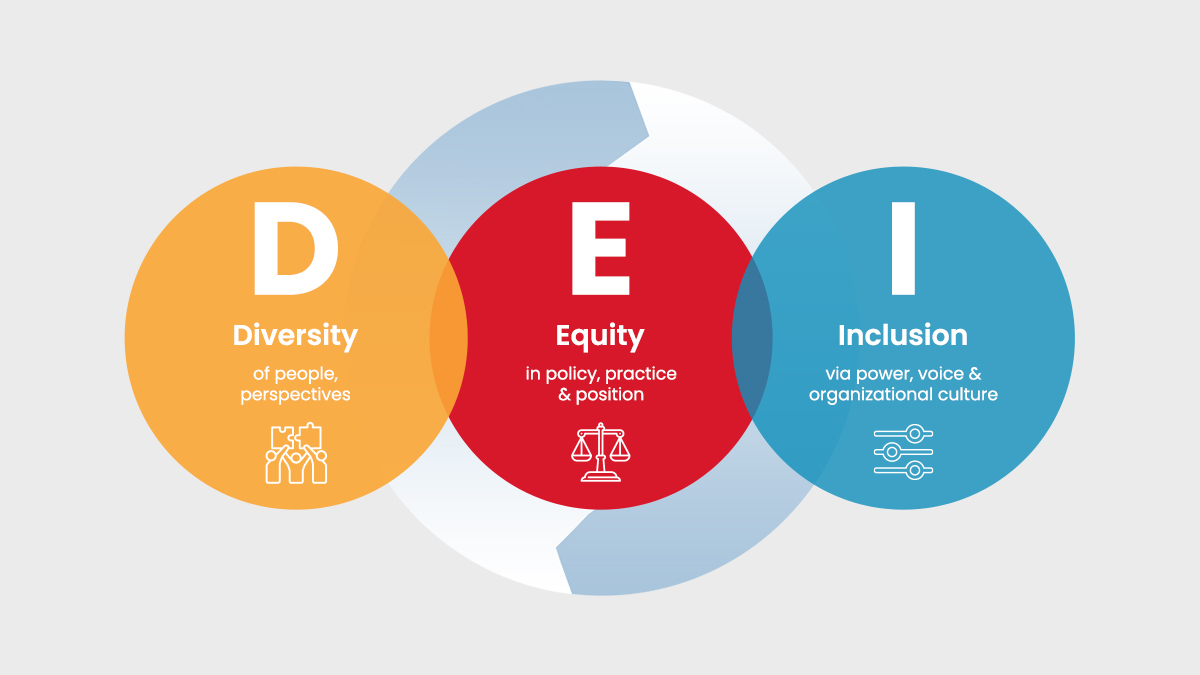

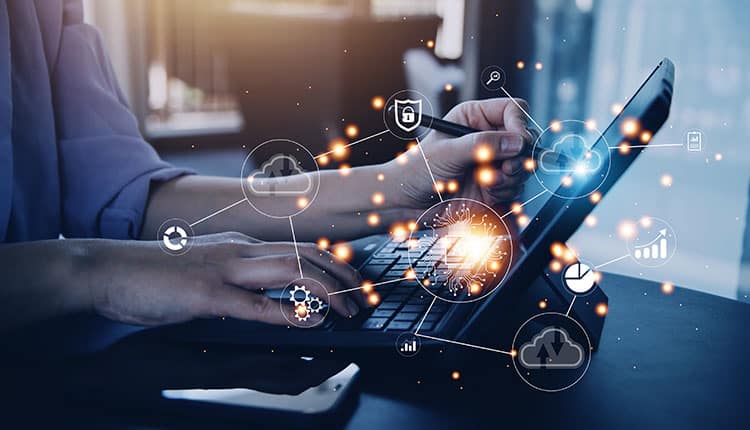


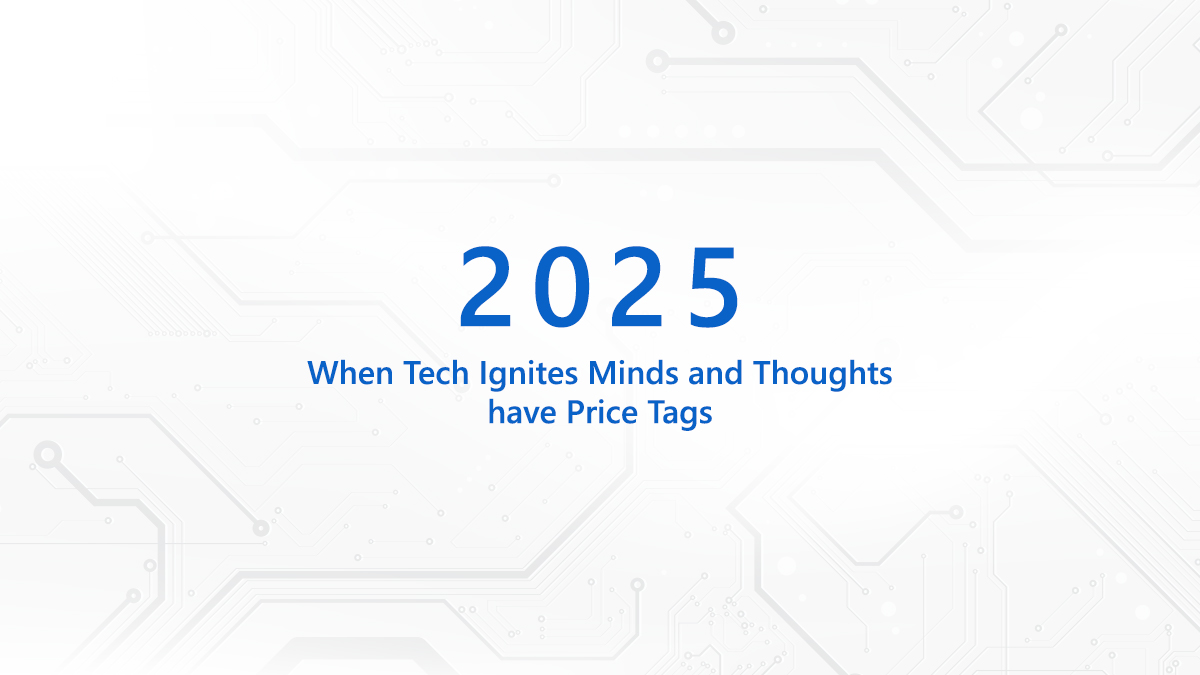
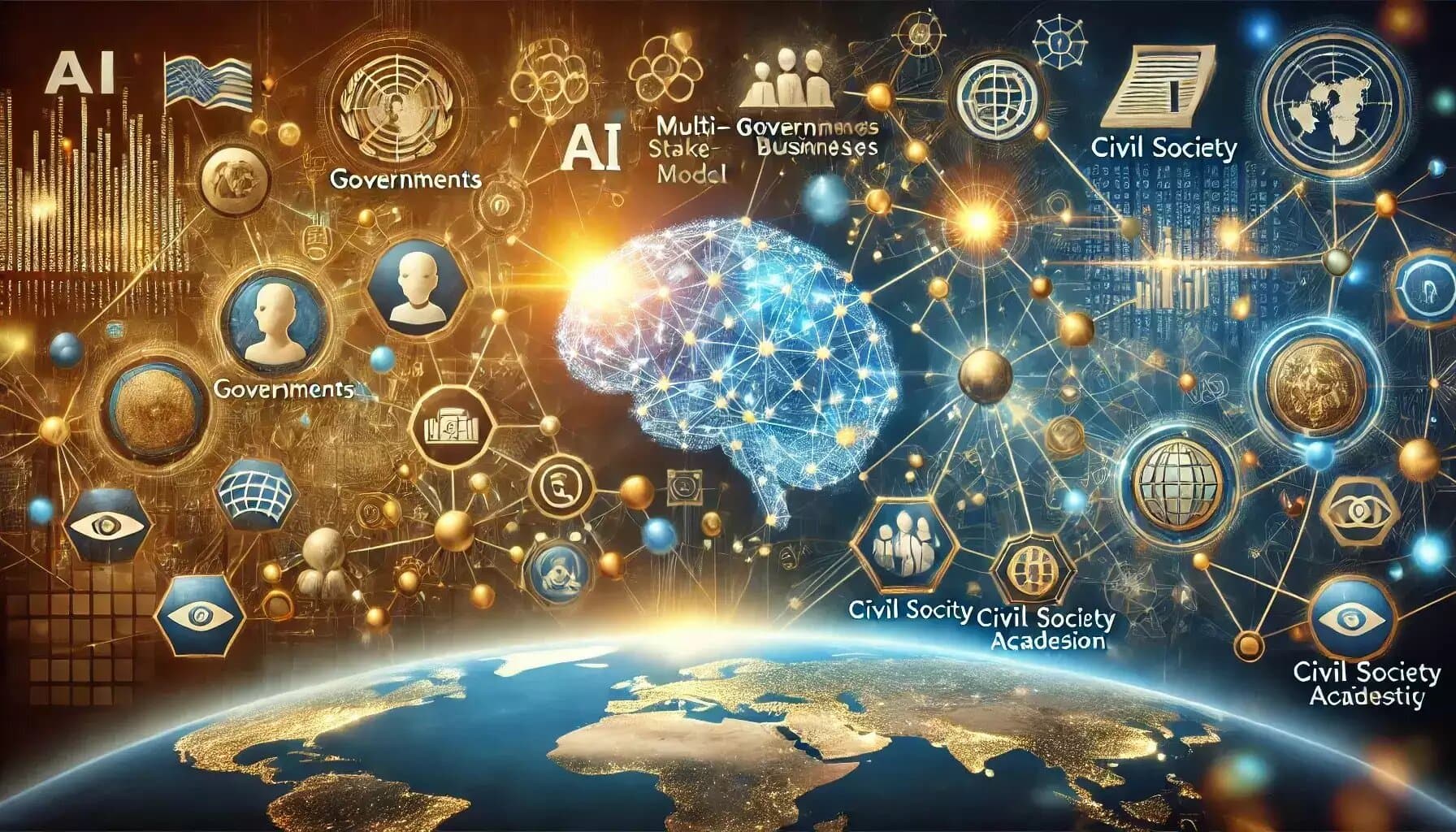






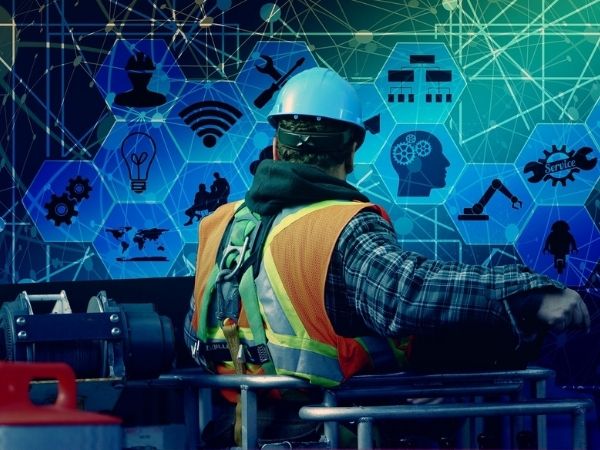



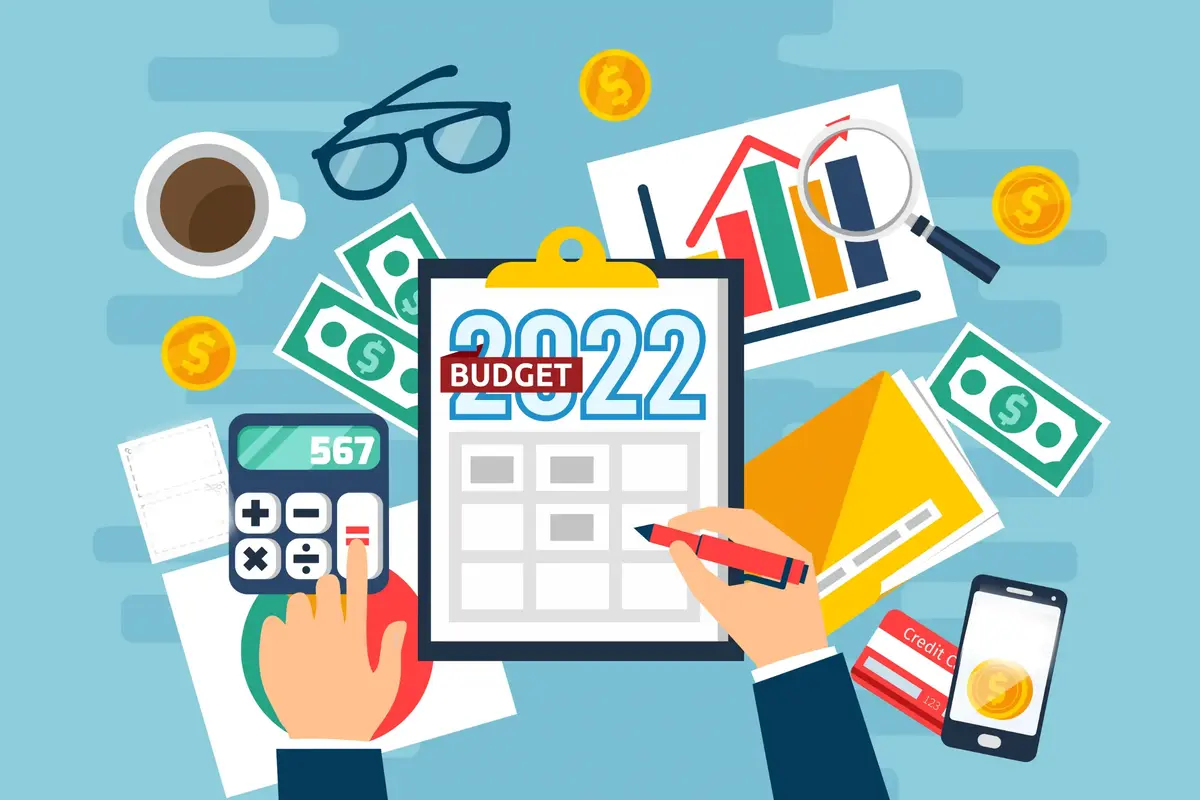

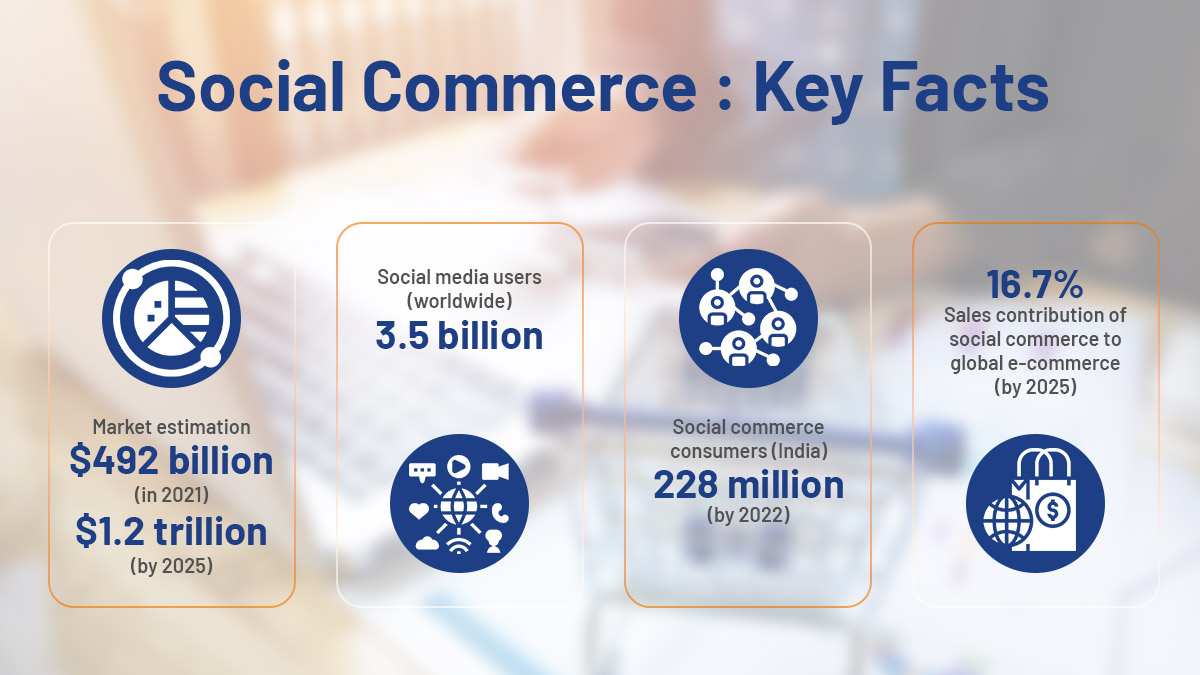


We will verify and publish your comment soon.